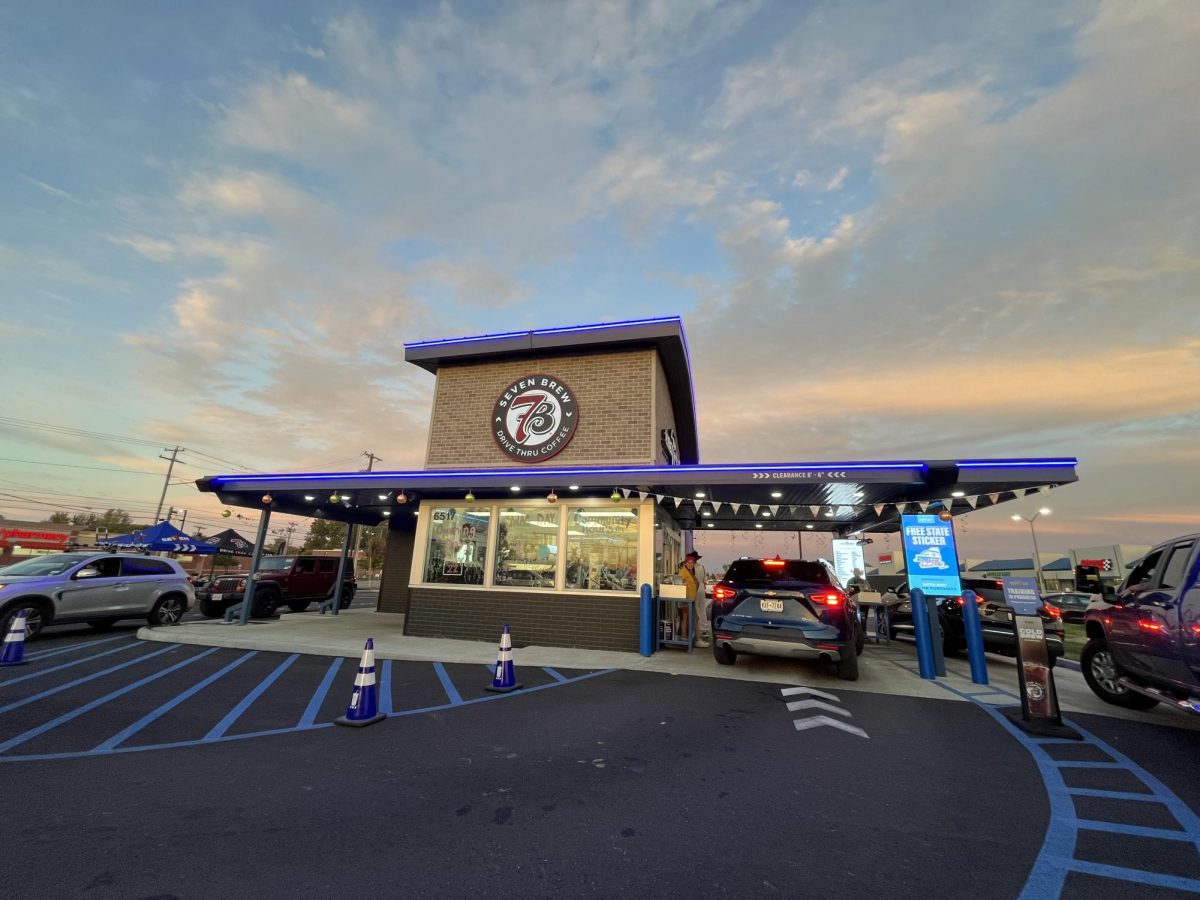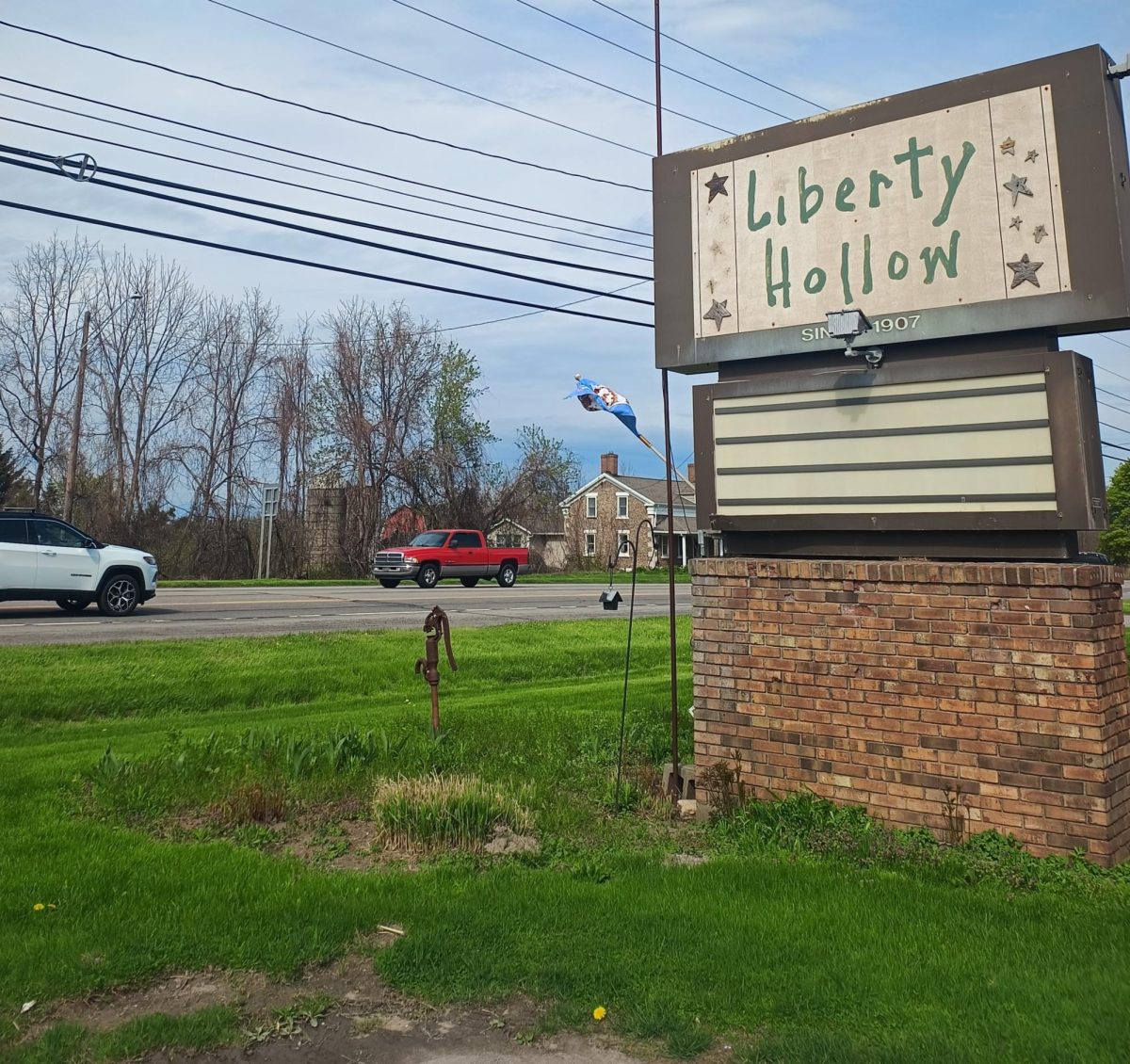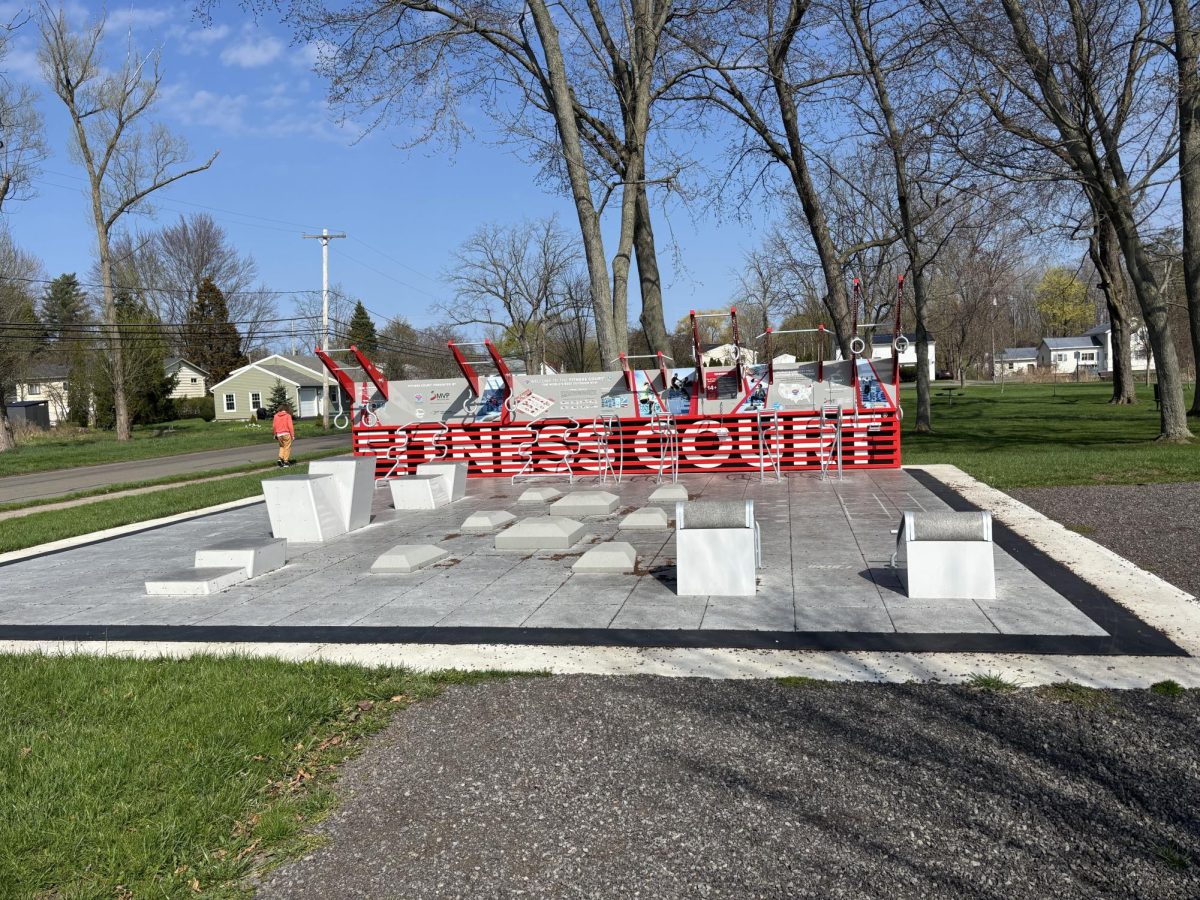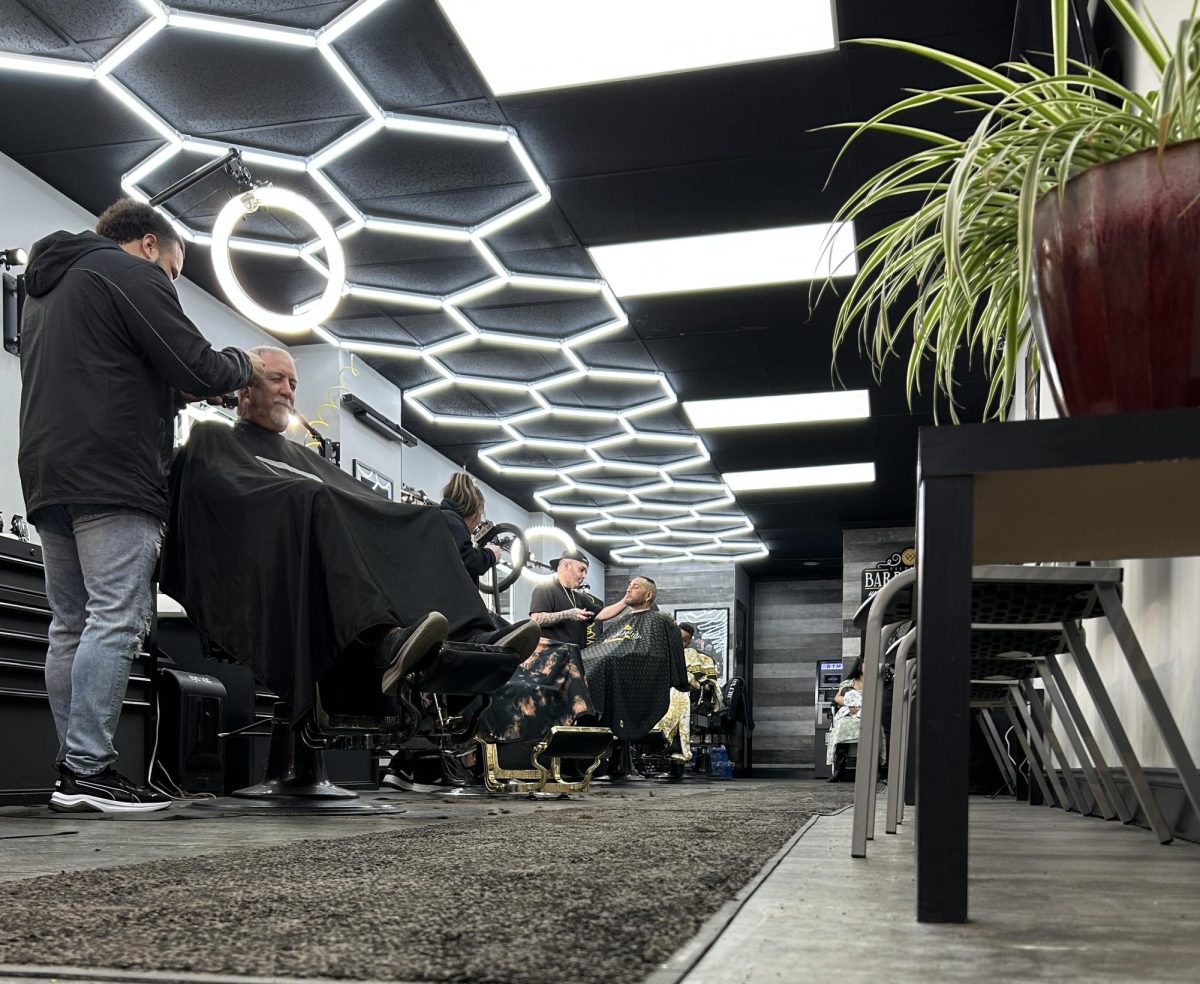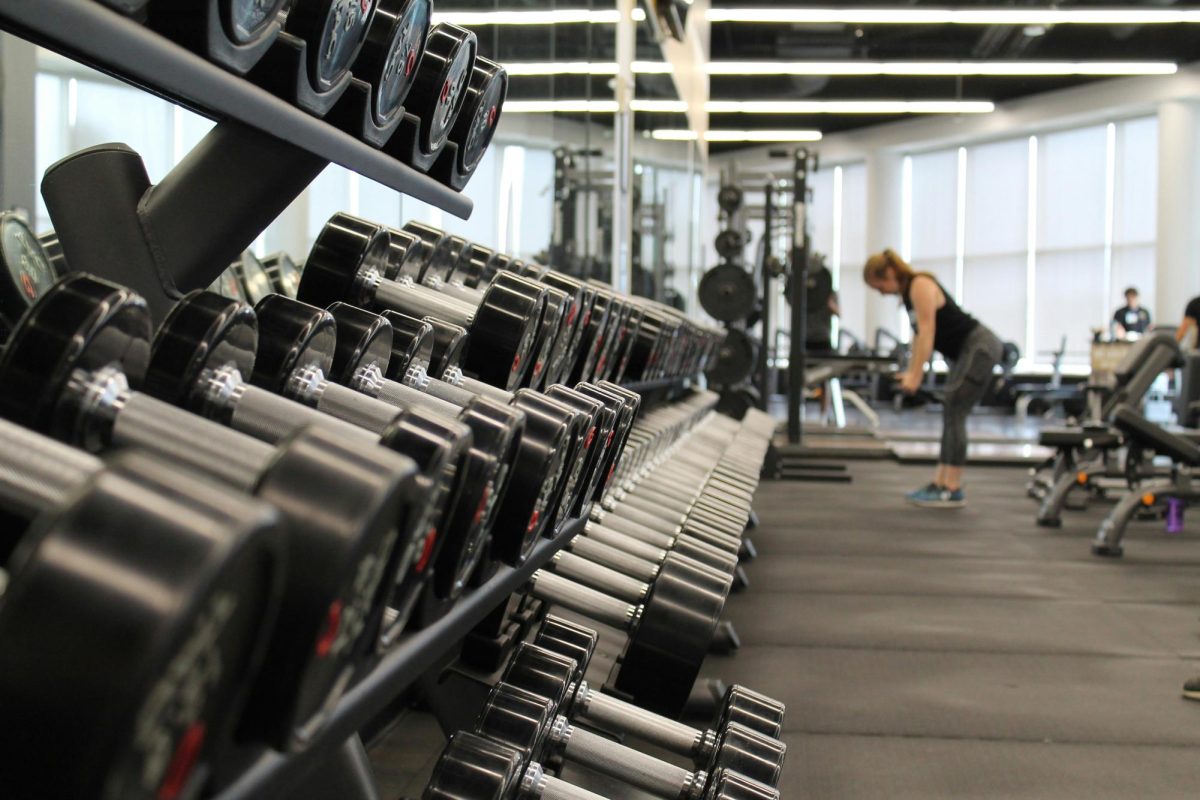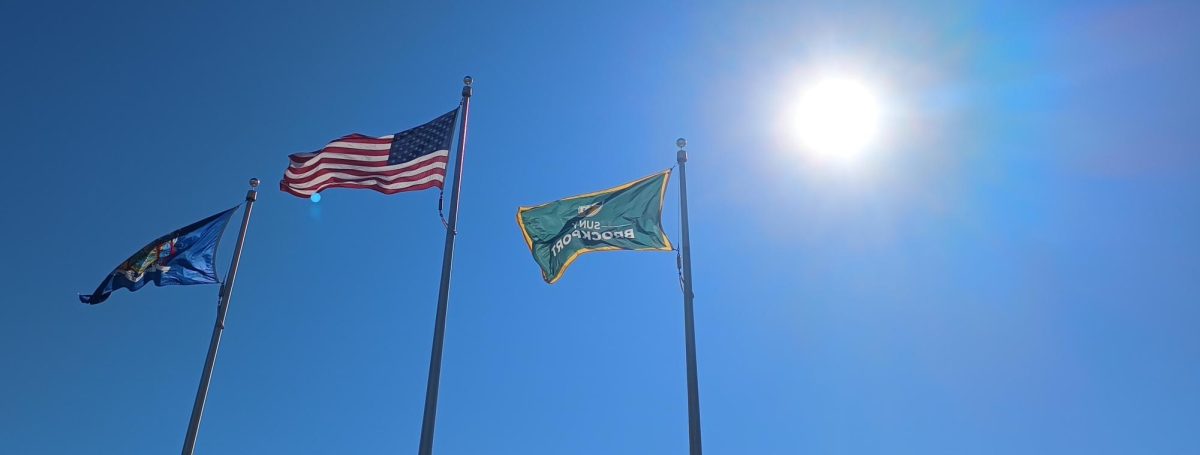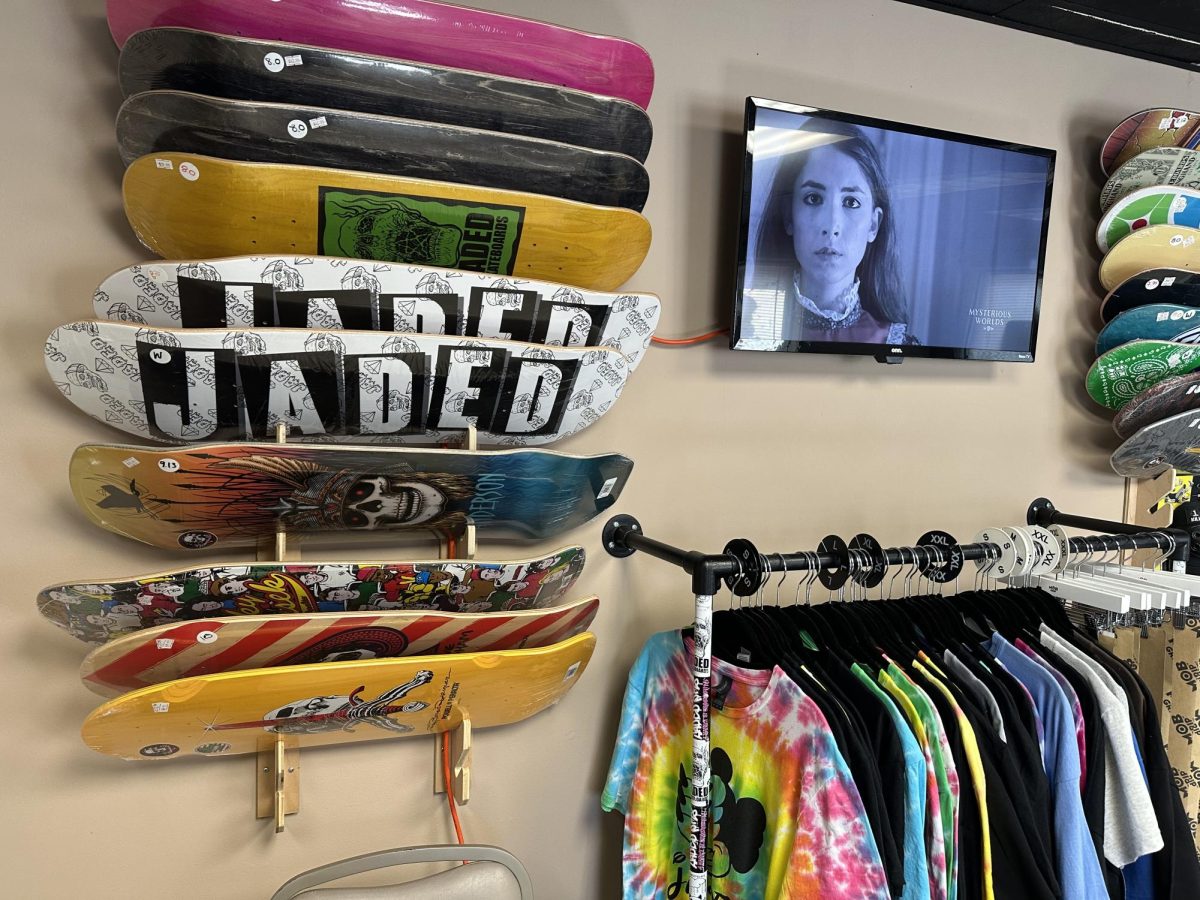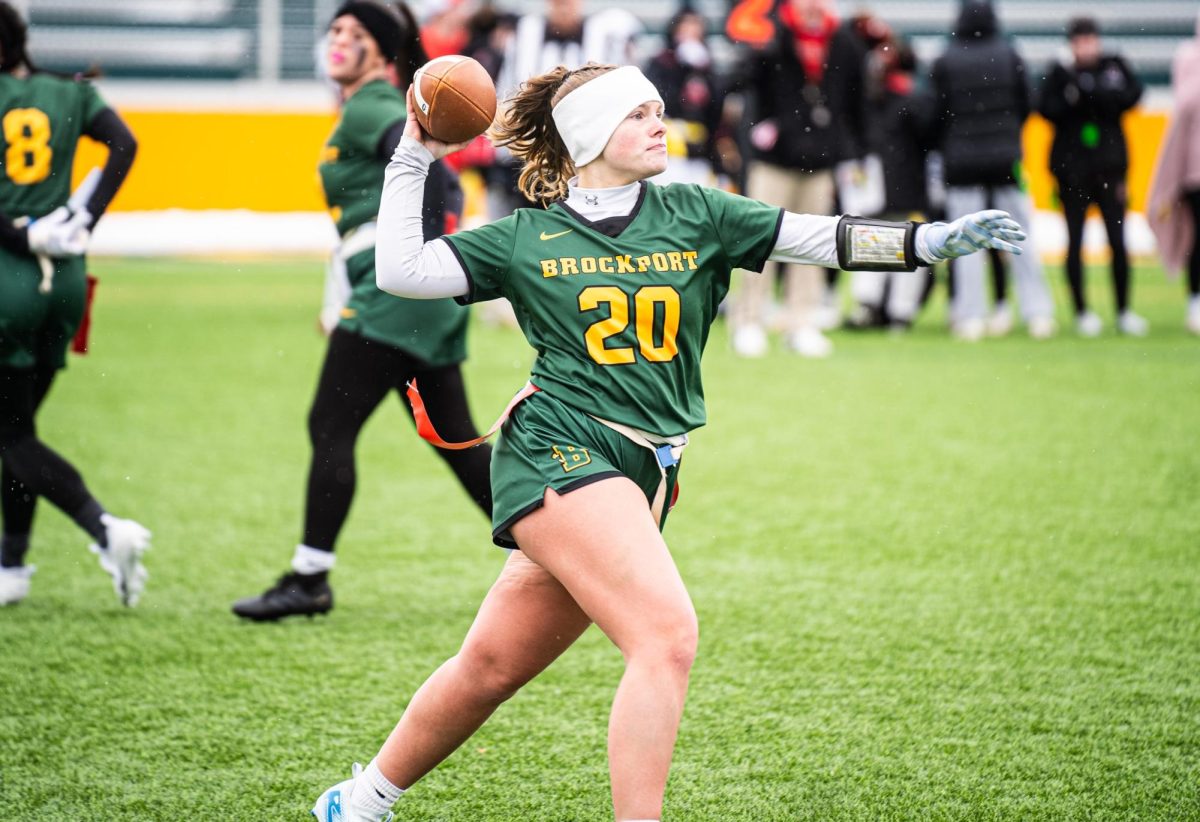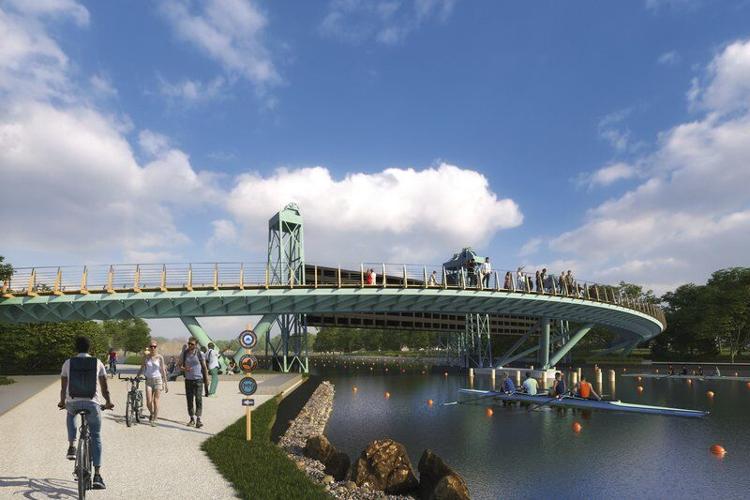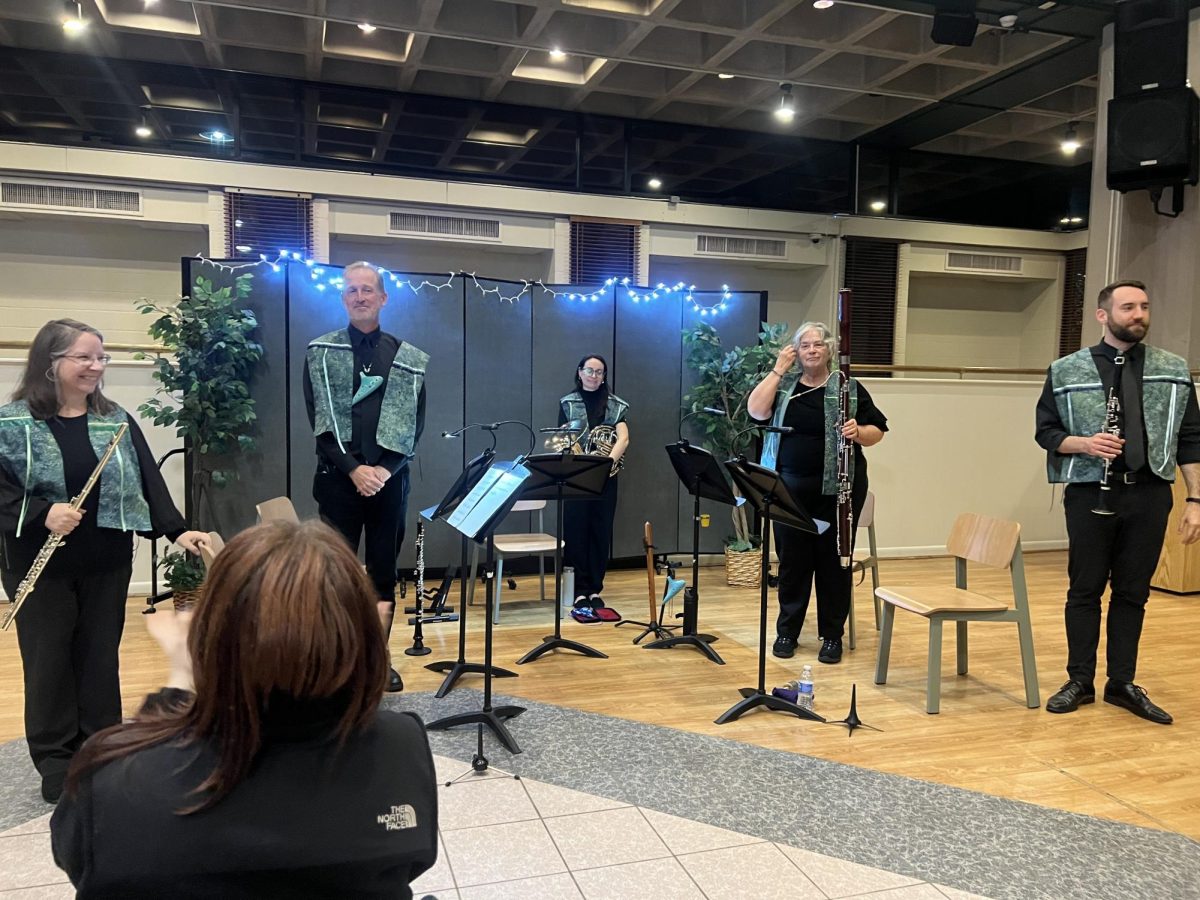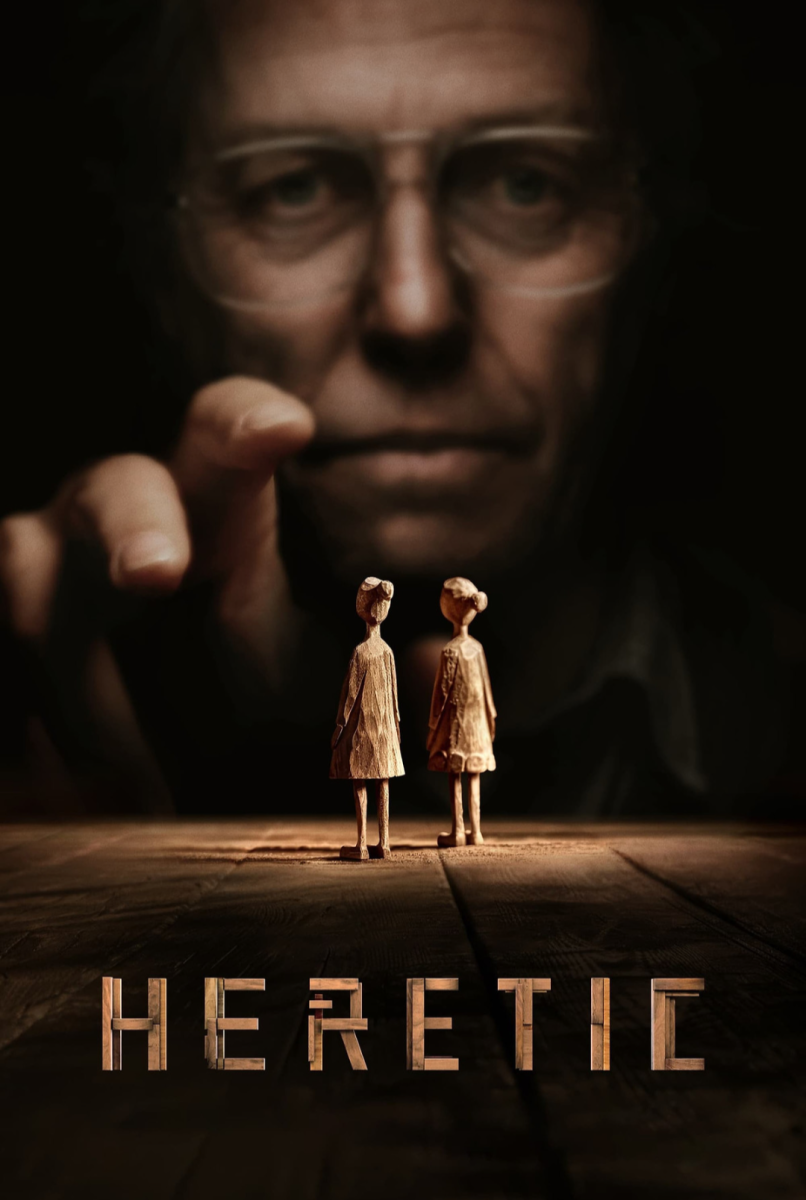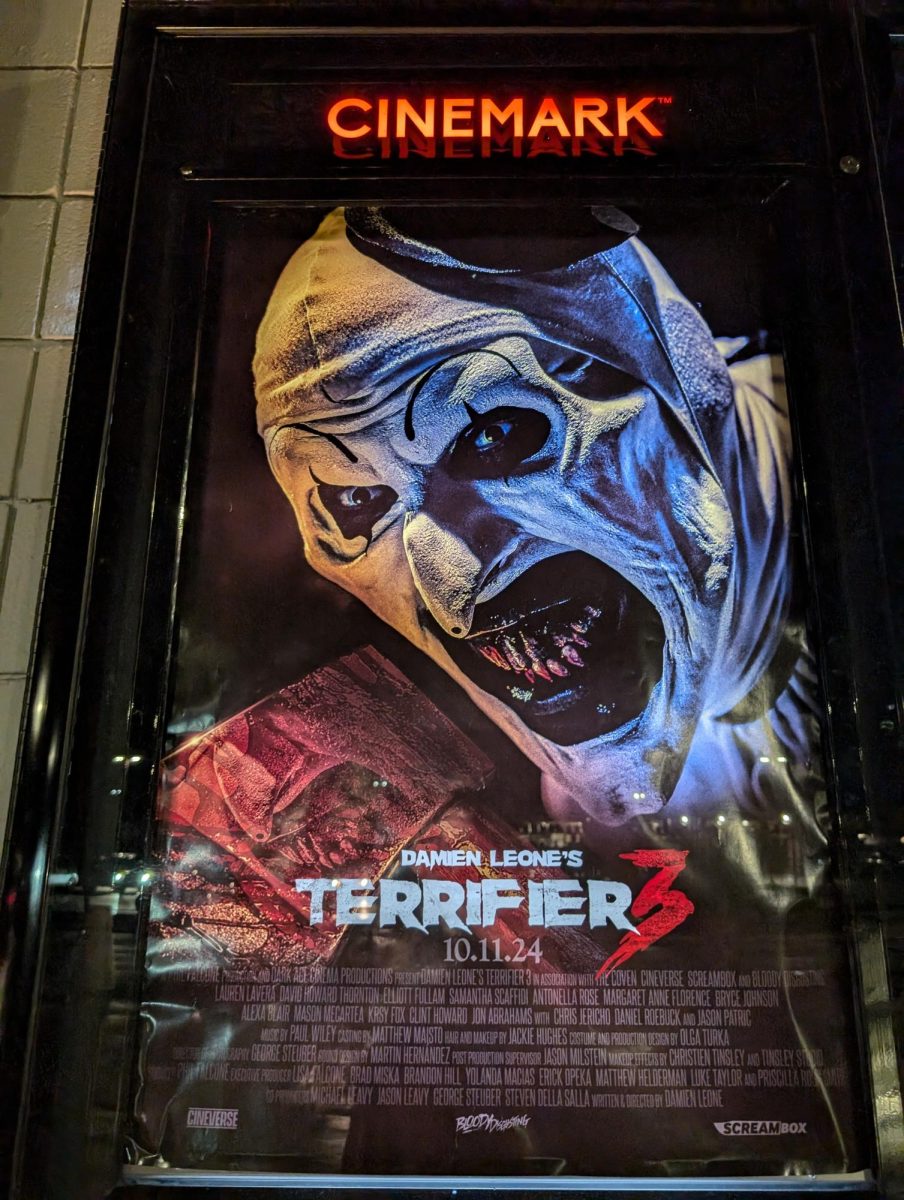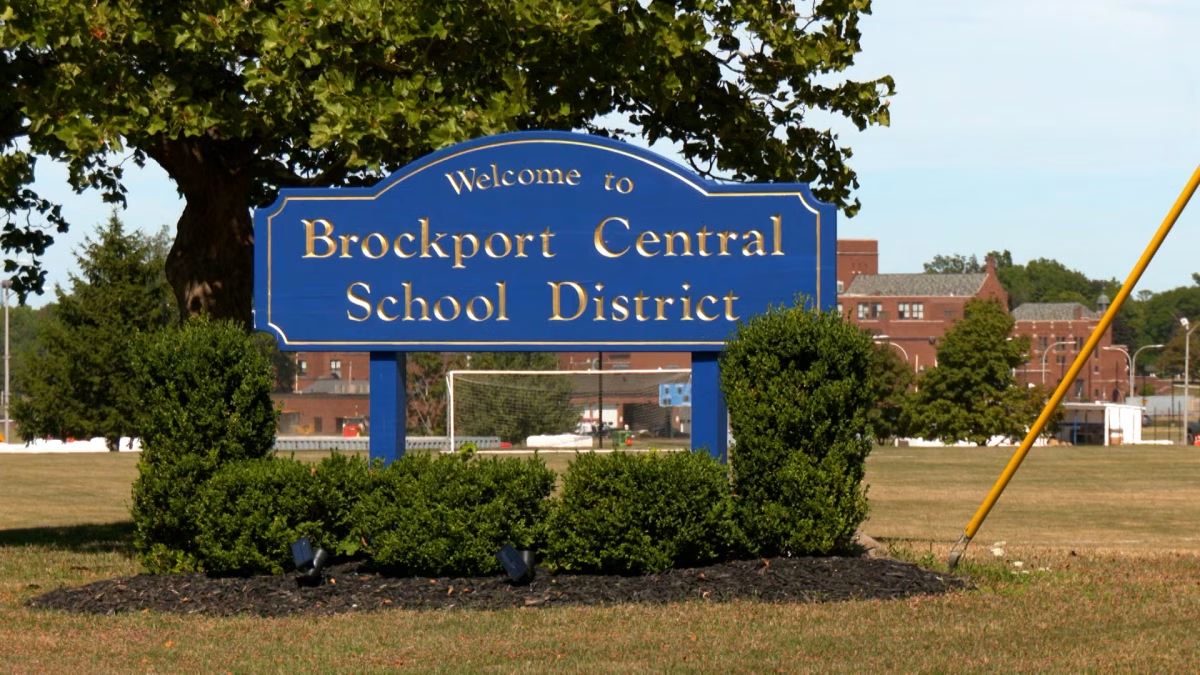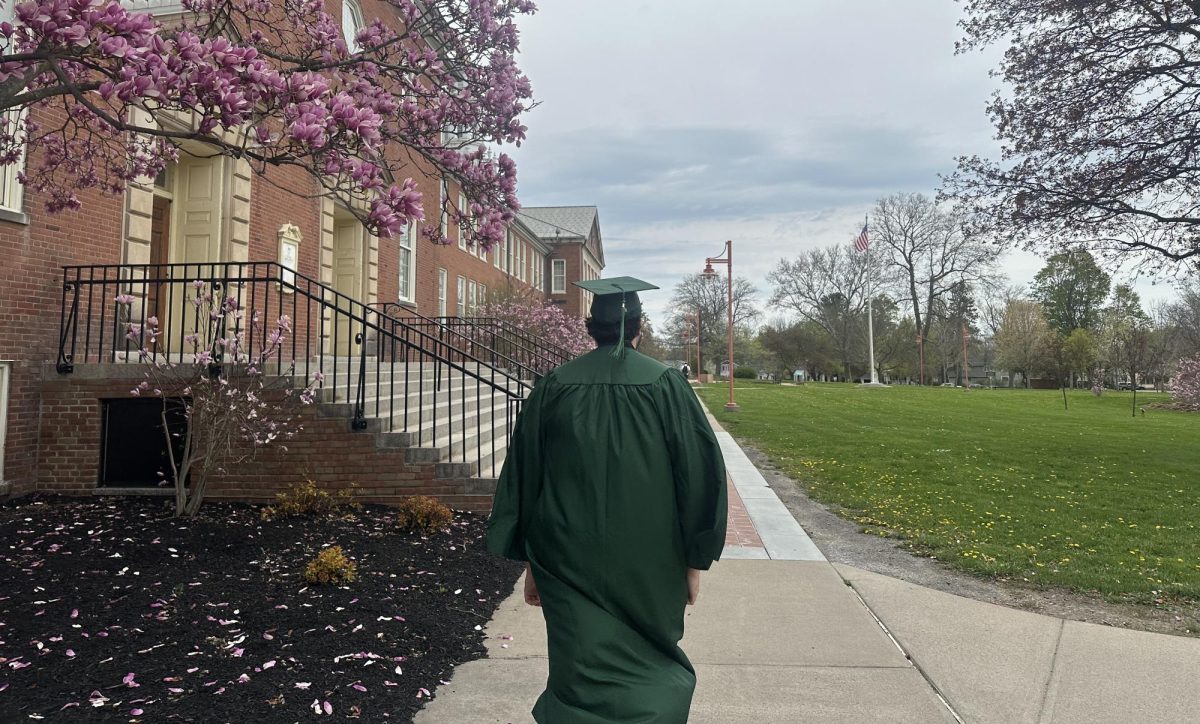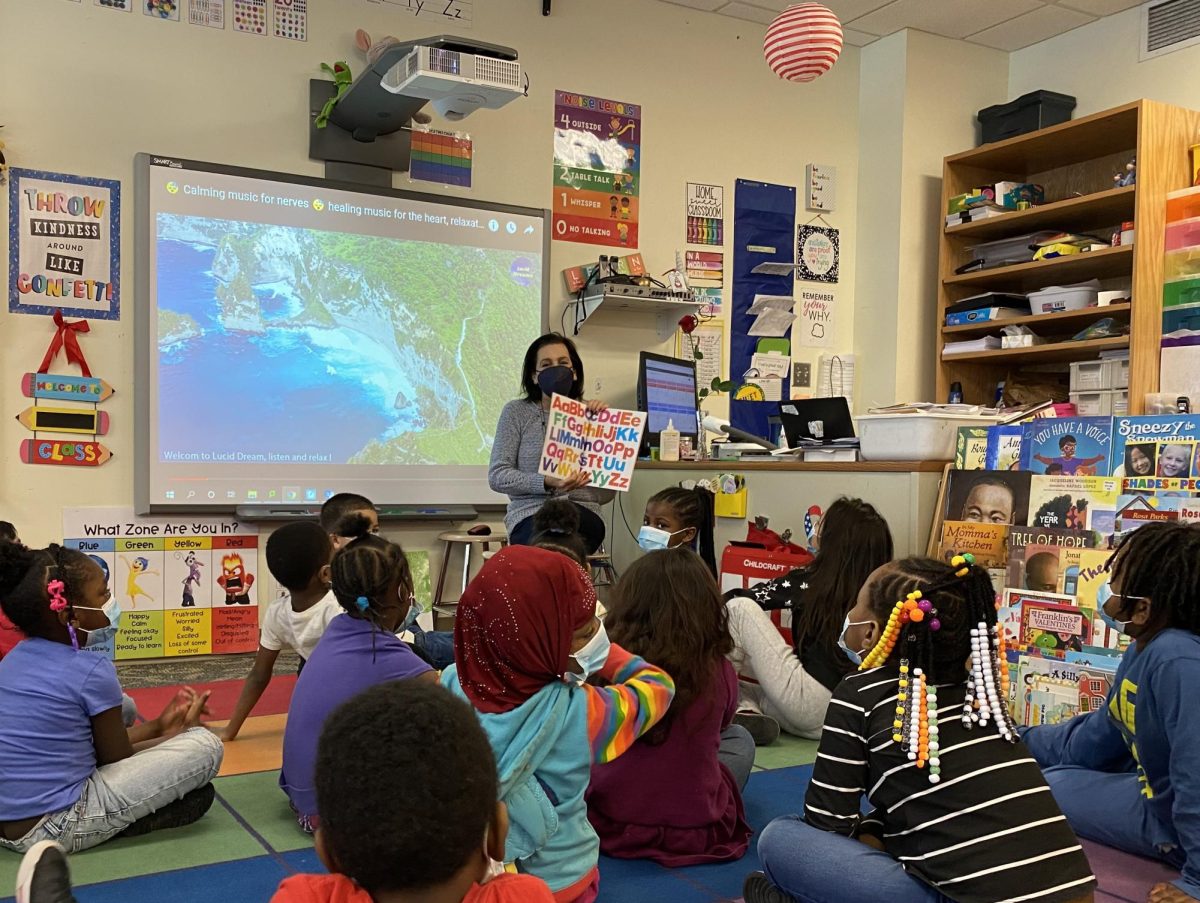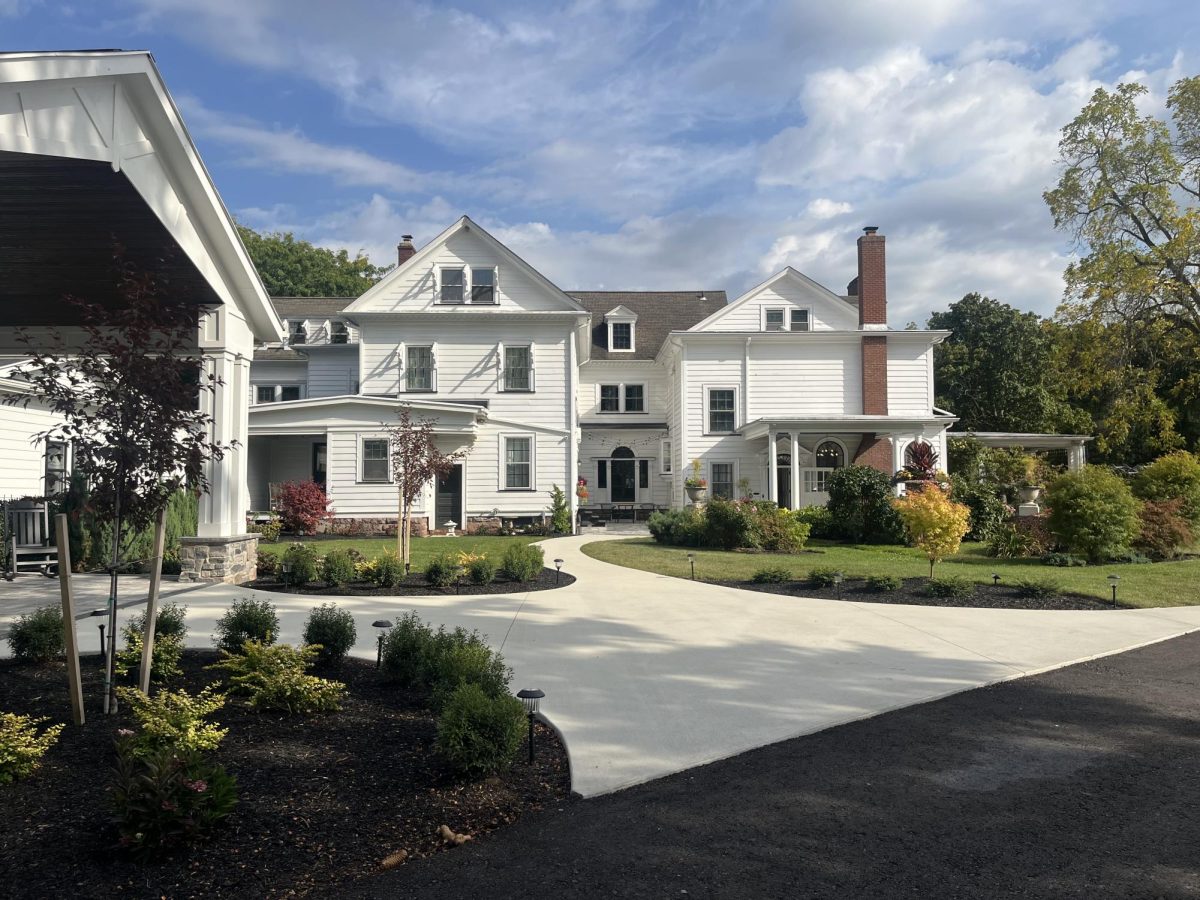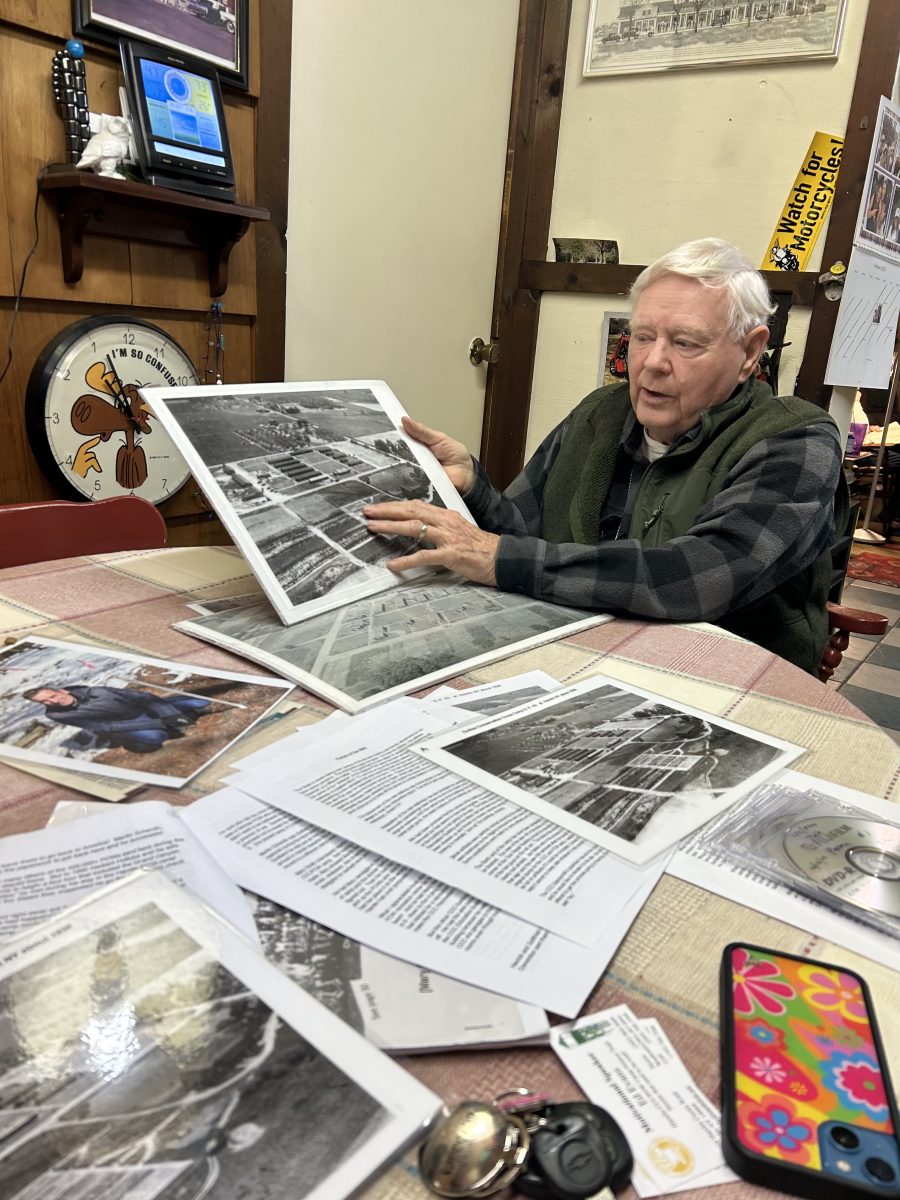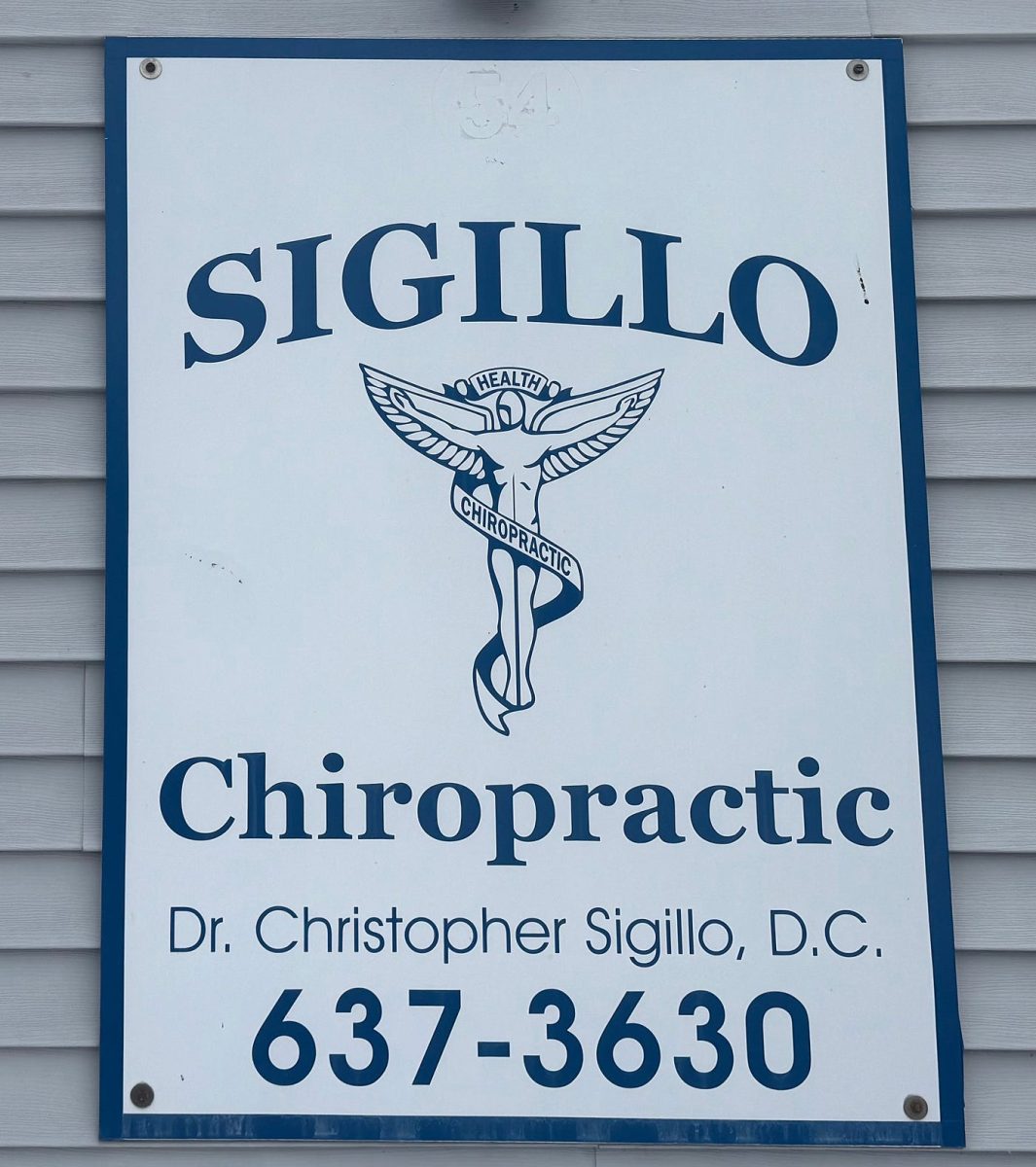Public transportation is often the easiest way for people to travel anywhere, whether it be from their doorstep to the inner city, or just to the local convenience store. But in rural towns and villages, the amount of available public transportation is virtually non-existent.
The single bus service that runs at the moment is run by Rochester Transport Service. Before the pandemic, RTS would have buses running through the Park and Ride site in Brockport, through Spencerport and into the downtown Transit Centre. However, after the destructive nature of the pandemic, RTS has only been limited to running their “on demand” service.
And as a result, Brockport has found itself boxed in due to the lack of options that have been provided from every possible service that was once the hub for anyone without a means to get to where they want.
This change has seen a great impact on the local communities in these rural areas, especially those with no other reasonable means of finding their way into the city.
International student at SUNY Brockport, Kevin Trautt, has struggled with the recent cuts.
“It seems pretty underdeveloped the public transport system here,” Trautt said, “Given the fact that we are 12 miles away from Rochester, a city of half a million people, you would think there would be a better public transport system,” Trautt added.
When questioned on his methods of coping with the lack of public transportation, Trautt explained that himself and other students have had to search for other methods of transportation into the city, mentioning services like Uber.
“It seems expensive given the fact that we are students and don’t have much disposable income to our names,” Trautt said.

Other than the limited options of public transportation, there are currently a few means of getting around the surrounding areas of Brockport. These services include Uber and Lyft which are services that provide people a “ride” to anywhere in which they please. However, the problems arise with this when you examine the cost of each “ride”.
The prices of these services have been found to be undoubtedly expensive, to the point in which people simply cannot afford to use it consistently. And these price points leave people with an ultimatum with whether they must travel to where they want.
For example, for someone to use the service Uber for twice a week from Brockport into Rochester, it would set them back on average $120 per week, with this price subsequently increasing exponentially if people need to travel daily. This simply cannot be sustained by those who may be on the lower levels of income, hence the use of public transportation.
Before the impact of COVID 19, RTS would have multiple bus services which would run through Brockport all the way into the city of Rochester. Although the timings were limited there was still an easy route into the city for people who could only use public transportation to access. Now, post pandemic RTS uses multiple areas for their “on demand” service to collect people and take them to various points, from which they must take another bus into the city of Rochester.
The introduction of the RTS “on demand” service, has now been seen as closer to a taxi service rather than a bus service; people will buy a ticket and will get picked up from their location and will be delivered to Rochester Tech Park, from which travelers will have to board another bus into the city of Rochester.
The prices of these are set at $1 from your pickup to Rochester Tech Park, and then can range from $0.50 for a single trip to $56 for monthly tickets. Which is undeniably cheaper than Uber and Lyft, but when people struggle to use the service, it makes the discussion of price redundant.
However, the problems begin to arise when you try to access the RTS On Demand app. When logging in and selecting where and who you would like to travel, there is a short wait until a notice appears saying there are no available buses.

RTS was contacted multiple times for questions however no response was gained.
Transport for people in rural areas appears to be overlooked, and with the subsequent and devastating impact of COVID 19, people with limited access to viable means of transportation have been made more vulnerable than before and may begin to struggle in the future.

